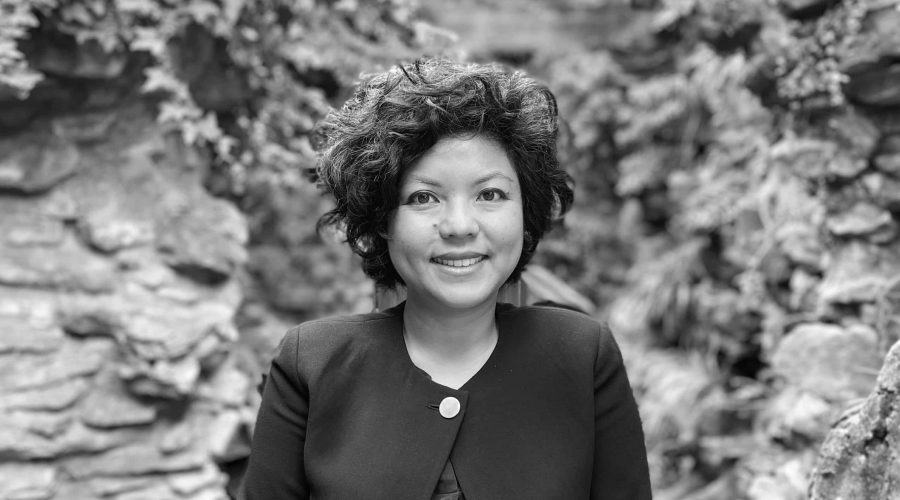Promisingly, women have been leading the way in the jobs recovery.
Australia looks to be well and truly shrugging off the impacts of COVID-19 as unemployment fell to 5.5% between March and April 2021.
This latest release of the Financy Women’s Index shows that while women bore a greater brunt during the pandemic in terms of jobs impacts, work hours and participation, they are also surging back into the workforce with a vengeance. In fact, participation and work hours for women are currently at a 20-year high.
There are two factors at play here. Female-dominated sectors such as hospitality and retail that were hardest hit by the pandemic have since recovered strongly. In addition, other sectors with high female representation such as healthcare and social services have grown significantly. On the other hand, male-dominated industries such as construction have seen a drop in employment.
So, the question remains: is this women-led recovery in jobs a correction, or a sign of things to come?
We will have to wait and see. Certainly, there has been some focus in recent times on addressing key areas that impact on women’s workforce participation such as domestic unpaid work.
In May, we saw a return of the Women’s Budget Statement and women’s economic security was a key focus. In particular, the $1.7 billion investment into childcare will help boost workforce participation, while investments focused on upskilling and reskilling will be important in advancing women’s careers.
In the longer term, the removal of the $450 per month earnings threshold required for compulsory superannuation contributions is going to go some way in increasing the retirement incomes of part-time workers, of which 68% are women. This is a small step forward given women already have lower super balances due to the gender pay gap, and they appear to be withdrawing a greater proportion as part of the government’s early superannuation release scheme.
But many say it’s not enough.
One of the key factors that impacts women’s participation in the workforce – paid parental leave – received little attention in the Budget. And we are not talking about paid parental leave for women but, as former Director of the Workplace Gender Equality Agency Libby Lyons put it, “the widespread adoption of universal, gender-neutral paid parental leave”.
Providing equal access to paid parental leave would help to reduce the stigma around men being active fathers. It would also address one of the biggest barriers to women’s career progression, helping to narrow the gender pay gap. In organisations that do offer equal access to paid parental leave, the uptake by men is still lagging and needs to be normalised.
At the same time, the government’s 18-week Parental Leave Pay initiative needs to address one gaping hole. Eligibility is tied to the birth mother’s income – if she earns less than $150,000, she can claim the parental leave pay or transfer it to her partner (regardless of what the partner earns). However, if the birth mother earns more than $150,000, neither are eligible for the government scheme, hence penalising households where the woman is the higher income earner.
The record high workplace participation rate for women this quarter is certainly to be celebrated. But it’s what we do next that will determine whether this momentum persists moving forward.
Join the Financy social communities that support achieving fearless economic equality on LinkedIn and Facebook or follow our official pages on LinkedIn, Facebook, Instagram and Twitter.












